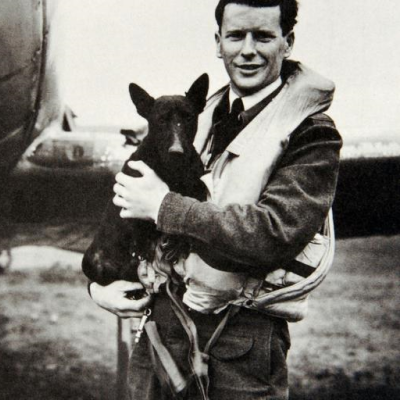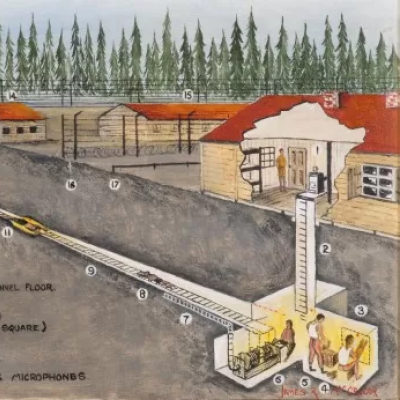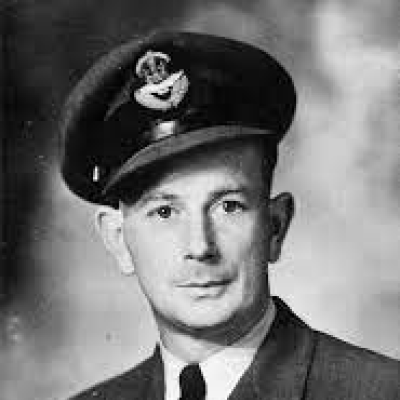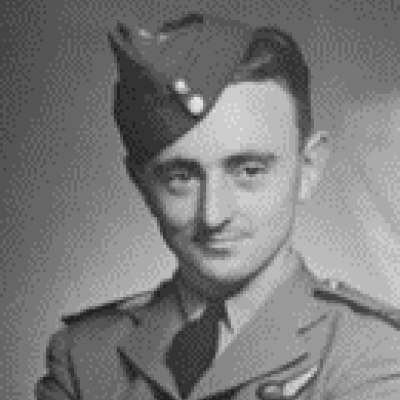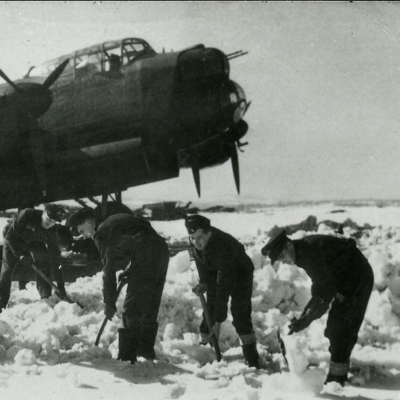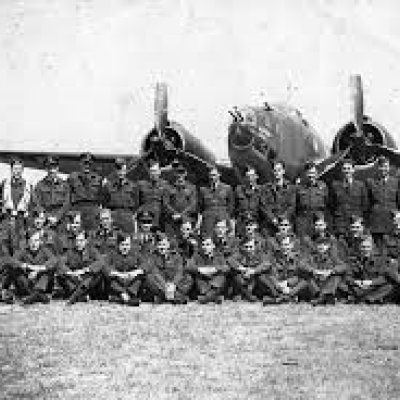Stories
Stories
Masters of the Air – A Kiwi Connection
Apple TV's new series, Masters of the Air, is based on the US Eighth Air Force’s 100th Bomber Group, on their mission to bomb targets inside German-occupied Europe, alongside with RAF Bomber Command. there is an interesting New Zealand connection, through pilot Johnny Checketts.
The Great Escape
On the night of 24 March 1944, the largest prisoner of war (POW) breakout ever attempted occurred at Stalag Luft III, a German camp for captured Allied airmen. The ‘Great Escape’, including six New Zealanders, was unprecedented in its organisation and scale, but also in its tragedy.
Lloyd Allan Trigg, VC, DFC
The third of the three New Zealand airmen to be awarded the VC in WWII, Lloyd Trigg flew with Coastal Command rather than Bomber Command. He holds a special place in history as the only serviceman to have been awarded the VC on the ‘recommendation’ of an enemy.
A Lucky Start
Nick Carter joined Jack Wright’s crew in 1942 flying Wellington’s with 75(NZ) Squadron from Feltwell. On their first op they were attacked by a German night fighter, with their bomber taking significant damage. Here is the tale of that raid in Carter’s own words.
Bomber Command in Winter
Winter brought extra challenges for operations. Fog, such a danger for returning aircraft was more likely. Snow would need to be removed from runways and taxiways for the bombers to fly. And the cold brought added difficulty for the groundcrew working outdoors on the bombers.
Remembering the Quiet Stories: 487 Squadron
All who flew were remarkable young men, volunteers tasked with challenging missions requiring enormous bravery. The record of their service is so important. Sally Crook shares the story not only of her grandfather Greg Whitwell, but of many of the brave men he served alongside on 487 (NZ) Squadron.
